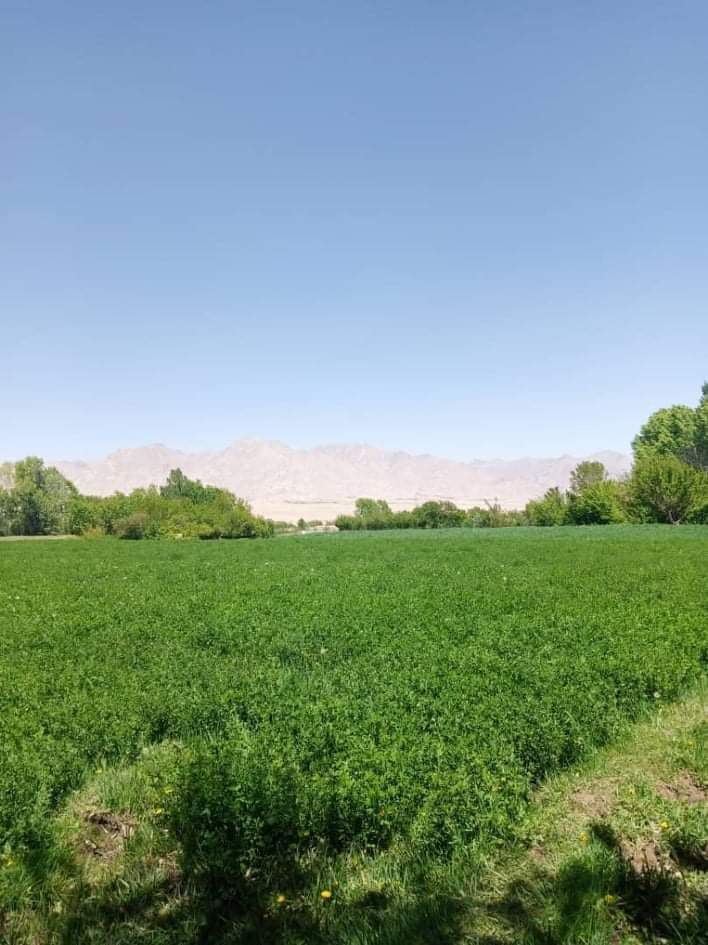Haft Asiab (هفت آسیاب)
Related Places
Overview
Haft Asiab, or “Seven Mills,” is a remarkable historical and cultural site nestled in the scenic Kapisa province of Afghanistan. Surrounded by rugged mountains, this enchanting location serves as a testament to the rich history and innovative spirit of the region's people.
The Significance of the Name
The name Haft Asiab refers to the seven traditional flour mills that once thrived in this area. Strategically built along flowing streams and rivers, these mills harnessed the abundant water resources cascading from the nearby highlands. Constructed primarily from local stone and wood, the mills featured large, horizontal water wheels that utilized the force of the flowing water to power grinding stones, producing essential flour for the community.
A Community Lifeline
Historically, the mills at Haft Asiab were central to daily life. Locals brought grains such as wheat and barley to be ground into flour, a staple for making Afghan bread. The mills operated using a simple yet effective mechanism: water was channeled through narrow pathways, striking the water wheel's blades with enough force to turn the wheel and drive the grinding stones. This ingenious use of hydropower, dating back centuries, exemplifies sustainable technology that has served local populations for generations.
A Storied Past
The precise origins of Haft Asiab remain somewhat mysterious, but it is widely believed that the mills were established hundreds of years ago, during a period of thriving trade and agricultural activity. Initially rudimentary, these mills were expanded and enhanced over time, mirroring technological advancements and the evolving needs of the populace.
Engineering Excellence
Each mill was meticulously constructed to maximize efficiency. Builders selected sites with consistent and strong water flow to ensure uninterrupted operation year-round. The water wheels, often crafted from durable woods like walnut or mulberry, were designed to endure the powerful water currents and the daily rigors of use. Additionally, the stone grinding mechanisms were expertly engineered to produce fine, uniform flour, a highly sought-after product in local markets.
A Hub of Community Interaction
Over the years, the importance of Haft Asiab extended beyond its practical function. It became a communal hub where locals gathered to exchange news, stories, and traditions, strengthening social bonds. The mills were not just workplaces; they were vibrant centers of social interaction and cultural exchange, underscoring their multifaceted significance in society.
The Shift to Modernity
However, with the advent of modern technology and the rise of electrical and motorized mills, the traditional mills of Haft Asiab gradually fell out of use. Despite this decline, they remain an enduring symbol of the region's heritage. Recent years have seen renewed efforts to preserve and restore these historical sites, recognizing their cultural value and potential as tourist attractions.
A Journey Through Time
Today, visitors to Haft Asiab can explore the remnants of these ancient mills, gaining insight into the life and technology of bygone generations. The serene beauty of the surrounding landscape, combined with the historical intrigue of the mills, offers a unique experience that invites one to imagine the bustling activity that once filled this vibrant site.
Preserving Heritage
The preservation of Haft Asiab transcends the maintenance of physical structures; it is about keeping alive the historical memories and traditional knowledge embedded within these ancient mills. As Afghanistan continues to rediscover and celebrate its rich cultural heritage, Haft Asiab stands proudly as a reminder of the ingenuity and resilience of its people, inviting all who visit to appreciate its enduring legacy.




